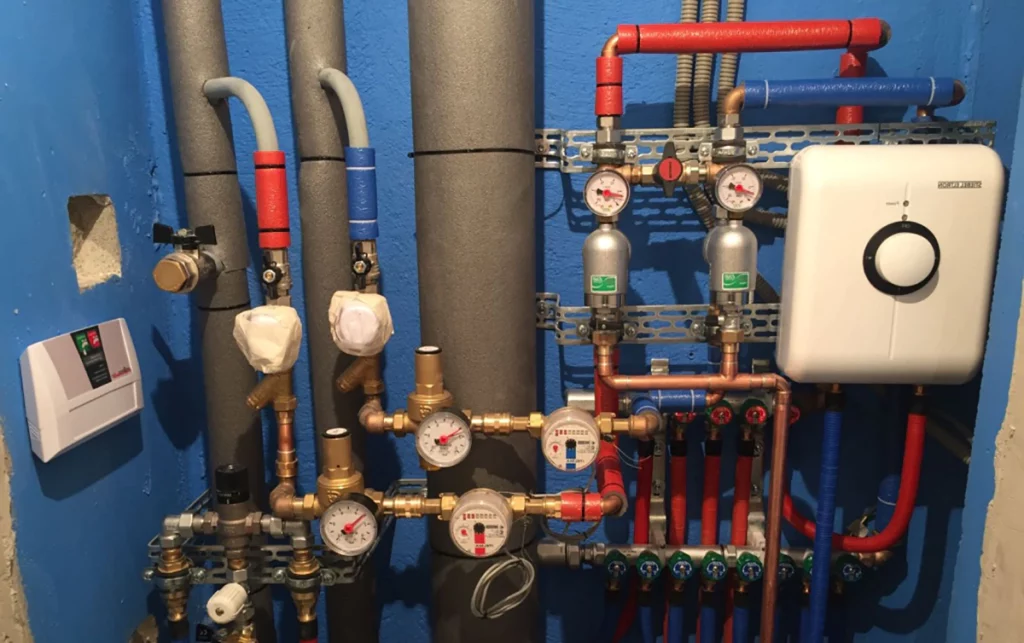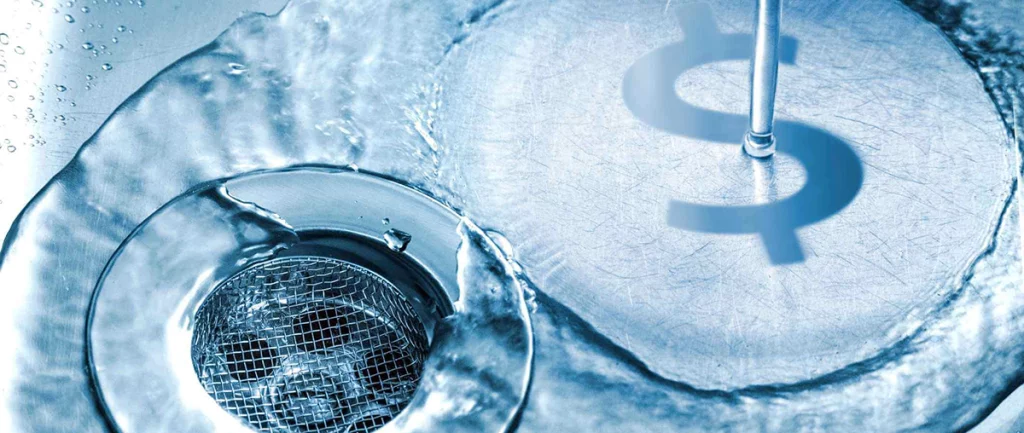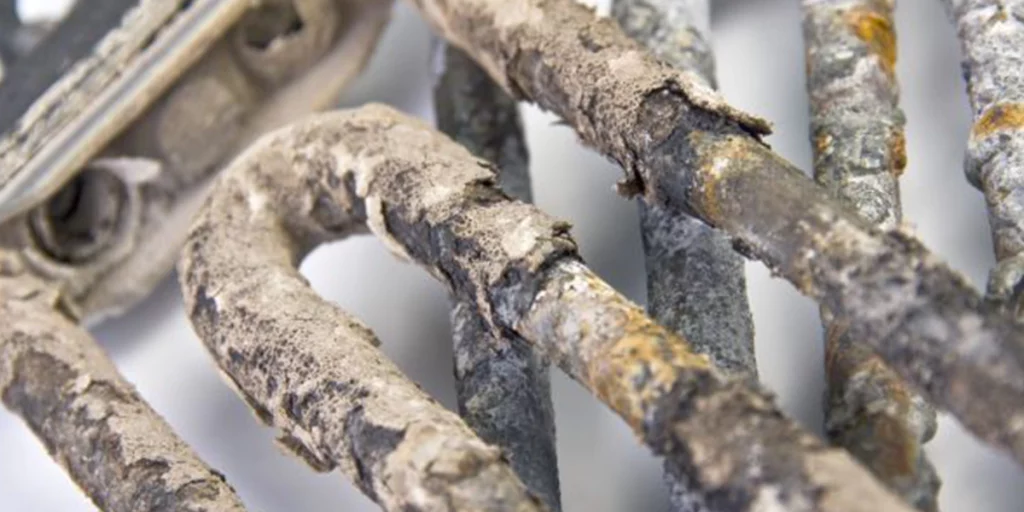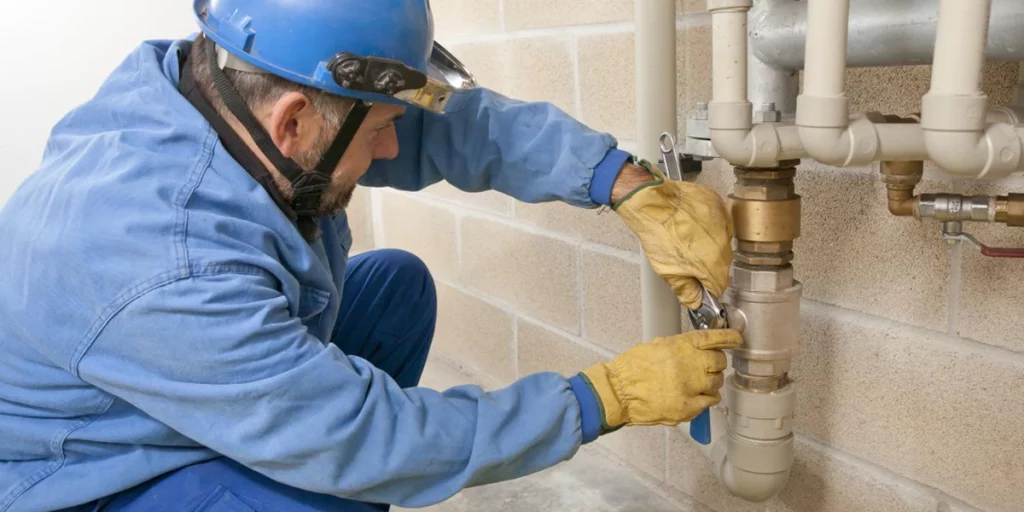Selecting the appropriate pipe material is crucial for ensuring the efficiency, longevity, and safety of your plumbing system. The choice of pipe material impacts factors such as durability, cost-effectiveness, resistance to corrosion, and compatibility with varying temperatures and pressures. This article aims to guide you through the process of choosing the right pipe material for your plumbing needs.
Contents
- 1 Factors to Consider When Choosing Pipe Materials
- 2 Common Pipe Materials Used in Plumbing
- 3 Pros and Cons of Each Pipe Material
- 4 Environmental Impact and Sustainability Considerations
- 5 Installation and Maintenance Requirements for Different Pipe Materials
- 6 Choosing the Right Pipe Material for Specific Applications
- 7 Key Takeaways for Selecting the Right Pipe Material
Factors to Consider When Choosing Pipe Materials
When selecting pipe materials for plumbing, several factors should be considered to ensure the right choice for your specific needs. Here are some key factors to keep in mind:

- Durability and Lifespan: Consider the durability of the pipe material and its expected lifespan. Some materials, like copper, are known for their longevity and resistance to corrosion, while others may have a shorter lifespan depending on environmental factors and usage.
- Cost-effectiveness: Evaluate the overall cost of the pipe material, including installation costs and long-term maintenance. While some materials may have a higher upfront cost, they might offer better value over time due to their durability and reliability.
- Resistance to Corrosion: Check the resistance of the pipe material to corrosion, especially if the plumbing system will be exposed to corrosive elements like chemicals or high moisture levels. Materials like PVC and PEX are known for their corrosion resistance.
- Temperature and Pressure Compatibility: Ensure that the chosen pipe material can handle the temperature and pressure requirements of your plumbing system. Some materials, like CPVC, are designed specifically for hot water applications and can withstand higher temperatures.
- Installation Ease: Consider the ease of installation of the pipe material, especially if you’re doing the installation yourself or hiring a professional. Materials like PEX are known for their flexibility and ease of installation compared to rigid materials like copper.
- Environmental Impact: Take into account the environmental impact of the pipe material, including factors such as recyclability and energy consumption during production. Materials like PEX and CPVC are considered more environmentally friendly compared to traditional materials like galvanised steel.
- Local Building Codes and Regulations: Familiarise yourself with local building codes and regulations regarding pipe materials. Some areas may have specific requirements or restrictions on certain materials, so it’s essential to ensure compliance.
By considering these factors carefully, you can make an informed decision when choosing pipe materials for your plumbing system, ensuring optimal performance, durability, and cost-effectiveness in the long run.
Common Pipe Materials Used in Plumbing
There are several common pipe materials used in plumbing, each with its own advantages and applications. Here are some of the most widely used pipe materials:

- PVC (Polyvinyl Chloride) Pipes: PVC pipes are lightweight, affordable, and versatile. They are commonly used for cold-water supply lines, drainage systems, and irrigation. PVC pipes are easy to install and resistant to corrosion, making them suitable for a wide range of residential and commercial plumbing applications.
- CPVC (Chlorinated Polyvinyl Chloride) Pipes: CPVC pipes are similar to PVC pipes but are specifically designed for hot water applications. They have higher temperature resistance compared to PVC pipes, making them ideal for hot water supply lines in residential and commercial buildings.
- PEX (Cross-linked Polyethylene) Pipes: PEX pipes are flexible, easy to install, and resistant to corrosion and freezing. They are commonly used for both hot and cold water supply lines, as well as radiant floor heating systems. PEX pipes are durable and cost-effective, making them a popular choice in modern plumbing installations.
- Copper Pipes: Copper pipes are known for their durability, corrosion resistance, and long lifespan. They are commonly used for both water supply lines and heating systems. Copper pipes are suitable for both hot and cold water applications and are often chosen for their reliability and performance.
- Galvanised Steel Pipes: Galvanised steel pipes are strong and durable, making them suitable for outdoor and underground applications. However, they are prone to corrosion over time, especially in high-moisture environments. Galvanised steel pipes are less common in modern plumbing due to the risk of rusting.
- ABS (Acrylonitrile Butadiene Styrene) Pipes: ABS pipes are used primarily for drainage and vent systems. They are lightweight, durable, and resistant to chemicals, making them suitable for residential and commercial plumbing projects. However, ABS pipes are not recommended for hot water supply lines.
Each of these pipe materials has its own unique properties and benefits, so the choice of material depends on factors such as the specific plumbing application, budget, environmental conditions, and local building codes and regulations.
Pros and Cons of Each Pipe Material
Here’s a table outlining the pros and cons of each common pipe material used in plumbing:
| Pipe Material | Pros | Cons |
| PVC (Polyvinyl Chloride) Pipes |
|
|
| CPVC (Chlorinated Polyvinyl Chloride) Pipes |
|
|
| PEX (Cross-linked Polyethylene) Pipes |
|
|
| Copper Pipes |
|
|
| Galvanised Steel Pipes |
|
|
| ABS (Acrylonitrile Butadiene Styrene) Pipes |
|
|
Each pipe material has its own advantages and disadvantages, so the choice depends on factors such as the specific plumbing application, budget, durability requirements, and local building codes and regulations.
- PVC and CPVC Pipes: Affordable but limited to specific applications.
- PEX Pipes: Versatile and easy to install but may not be suitable for outdoor use.
- Copper Pipes: Durable and corrosion-resistant but can be expensive.
- Galvanised Steel Pipes: Strong but prone to rust over time.
- ABS Pipes: Ideal for drainage but not for hot water supply.
Environmental Impact and Sustainability Considerations
Consider eco-friendly options like PEX or CPVC pipes that minimise environmental impact during production and disposal.
Installation and Maintenance Requirements for Different Pipe Materials
Follow manufacturer guidelines for proper installation and maintenance to ensure optimal performance and longevity of your plumbing system.
Choosing the Right Pipe Material for Specific Applications
Tailor your choice of pipe material based on specific needs such as water supply lines, drainage systems, or hot water applications.
Key Takeaways for Selecting the Right Pipe Material
Choosing the right pipe material involves considering factors like durability, cost-effectiveness, corrosion resistance, and suitability for specific applications. Prioritise long-term reliability and compatibility with your plumbing system’s requirements.
FAQs
PVC pipes are not recommended for hot water supply due to their limited temperature tolerance.
Copper pipes offer durability but can be more expensive than PEX pipes, which are versatile and easy to install.
PEX pipes can last up to 50 years or more with proper installation and maintenance.
Galvanised steel pipes are less common today due to their tendency to rust over time, but they are still used in specific applications.
Consider factors like cost, installation ease, and local building codes to determine the best option for your hot water plumbing needs.









